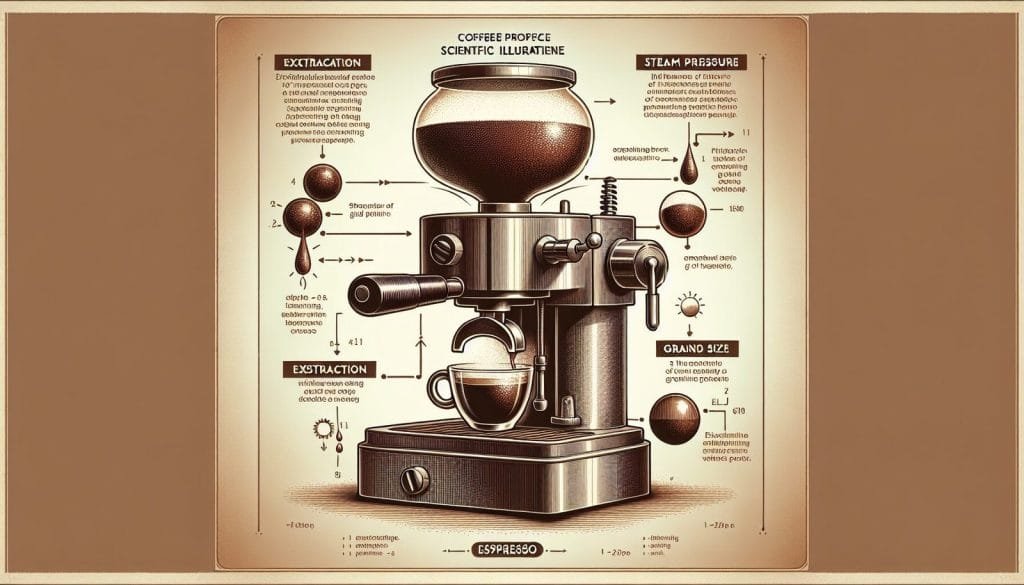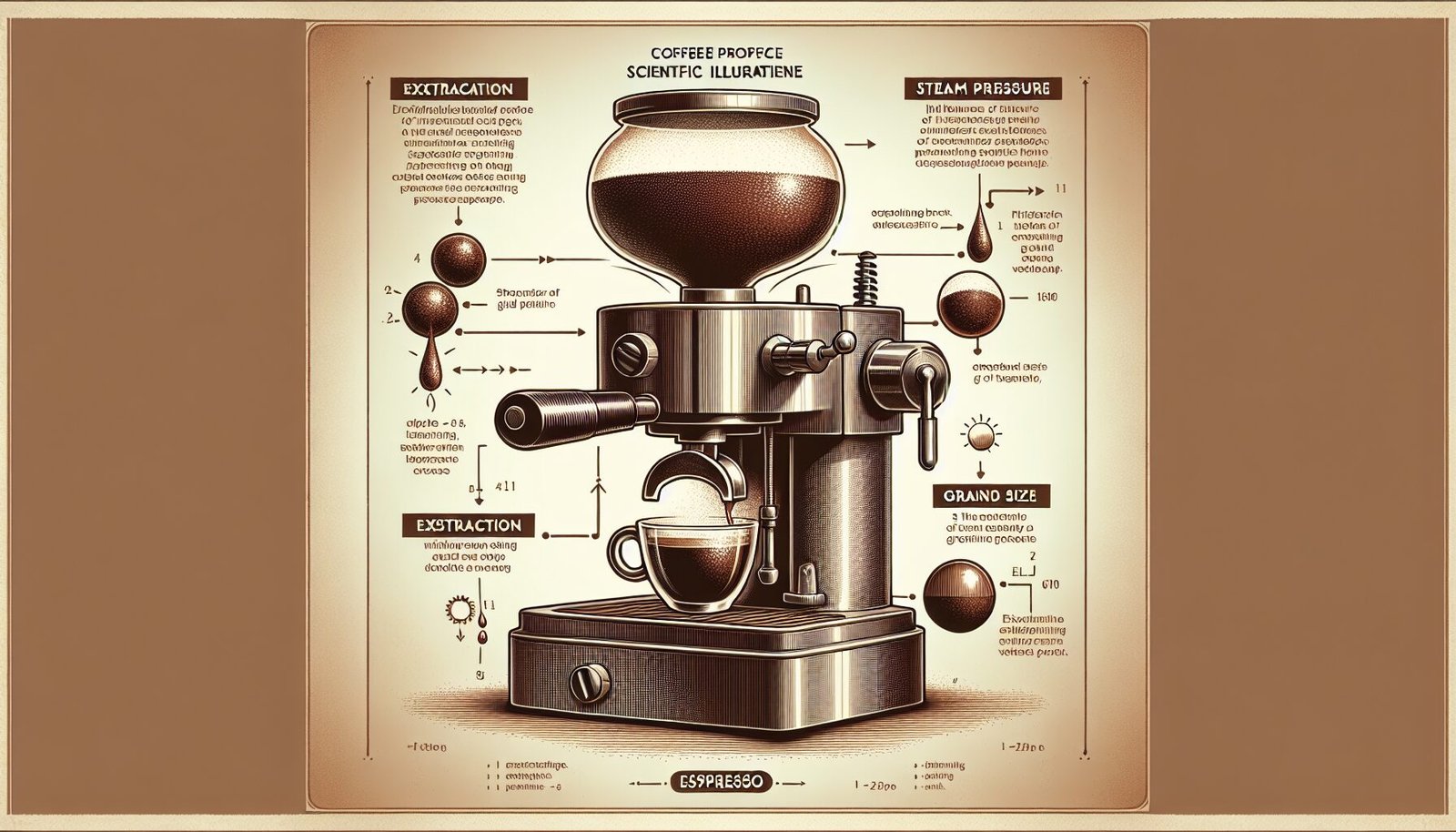In the realm of caffeinated beverages, espresso holds a special place as an intense and concentrated form of coffee. But have you ever wondered just how much coffee is actually in an espresso? This article aims to shed light on the quantifiable aspects of this beloved beverage, exploring the factors that contribute to its potency and discussing the fascinating world of caffeine content in espresso. By examining the brewing process, the quantity of grounds used, and the serving size, you will gain a deeper understanding of the intricate relationship between coffee and espresso. So, join us on this scholarly journey as we unravel the mystery of how much coffee truly lies within an espresso.
How Much Coffee Is In An Espresso?

The Definition of Espresso
Espresso is a concentrated coffee beverage that is brewed by forcing a small amount of hot water through finely ground coffee beans. It is characterized by its strong flavor, rich aroma, and velvety texture. The word “espresso” originates from the Italian word meaning “pressed out” or “expressed,” referring to the method of extraction used to make this distinctive coffee.
The Amount of Coffee in a Shot of Espresso
A standard shot of espresso typically contains about 30-50 milliliters (1-1.75 ounces) of liquid. However, determining the exact amount of coffee in an espresso shot is not as straightforward as measuring the volume of the drink. The actual amount of coffee in an espresso shot primarily depends on the coffee-to-water ratio used during the brewing process.
The Importance of the Coffee-to-Water Ratio
The coffee-to-water ratio plays a crucial role in determining the strength and flavor profile of an espresso shot. It refers to the amount of coffee used in relation to the volume of water used for brewing. Generally, a higher ratio translates to a stronger and more intense espresso, while a lower ratio produces a milder and more diluted taste.
Factors Affecting the Amount of Coffee in an Espresso Shot
Several factors influence the amount of coffee in an espresso shot, including grind size, brewing time, tamping pressure, brewing temperature, and the type of coffee beans used.

The Role of Coffee Grind Size
The grind size of coffee beans significantly affects the extraction process and the amount of coffee that ends up in an espresso shot. Finely ground coffee allows for a higher surface area, enabling a faster extraction and resulting in more coffee being extracted into the final shot. Conversely, coarser grinds result in a slower extraction and may yield less coffee in the shot.
The Influence of Brewing Time
The duration of the brewing process also impacts the amount of coffee that ends up in an espresso shot. In general, a longer brewing time can lead to a higher extraction of coffee, resulting in a more concentrated shot. However, it is crucial to find the right balance between extraction time and taste to avoid over-extracting the coffee and producing a bitter or unpleasant flavor.
The Impact of Tamping Pressure
Tamping is the process of evenly compressing the coffee grounds in the portafilter before brewing. The pressure applied during tamping affects the flow rate of water through the coffee bed and plays a role in the extraction process. A higher tamping pressure can potentially result in a slower flow rate and a higher extraction of coffee, while a lower tamping pressure may yield a faster flow rate and potentially less coffee in the shot.
The Significance of Brewing Temperature
Brewing temperature plays a critical role in determining the final flavor and strength of an espresso shot. Generally, the optimal temperature range for brewing espresso is between 195-205°F (90-96°C). Lower temperatures may result in under-extraction and a weaker shot, while higher temperatures can lead to over-extraction and a harsh or bitter taste. Achieving the right brewing temperature is essential to ensure the desired amount of coffee in an espresso shot.
The Variability of Coffee Beans Used
The type and quality of the coffee beans used can significantly impact the amount of coffee in an espresso shot. Different coffee varieties, origins, and roasting levels can yield varying levels of solubility, affecting how much coffee is extracted into the final shot. Specialty coffee beans often possess distinct flavors and may produce a higher concentration of coffee in the shot compared to lower-quality beans.
Different Types of Espresso Shots
There are various types of espresso shots, each with its own unique characteristics and coffee-to-water ratios. Some popular examples include ristretto, which uses less water for a more concentrated shot, and lungo, which uses more water for a milder flavor. Understanding these different types allows coffee enthusiasts to explore a range of flavors and intensities, ultimately influencing the amount of coffee they consume.
In conclusion, the amount of coffee in an espresso shot is influenced by several factors, such as the coffee-to-water ratio, grind size, brewing time, tamping pressure, brewing temperature, and the type of coffee beans used. Achieving the desired strength and flavor of an espresso shot requires careful consideration of these variables. By understanding the nuances of espresso brewing, one can fully appreciate the art and science behind creating a perfect cup of this beloved beverage.




